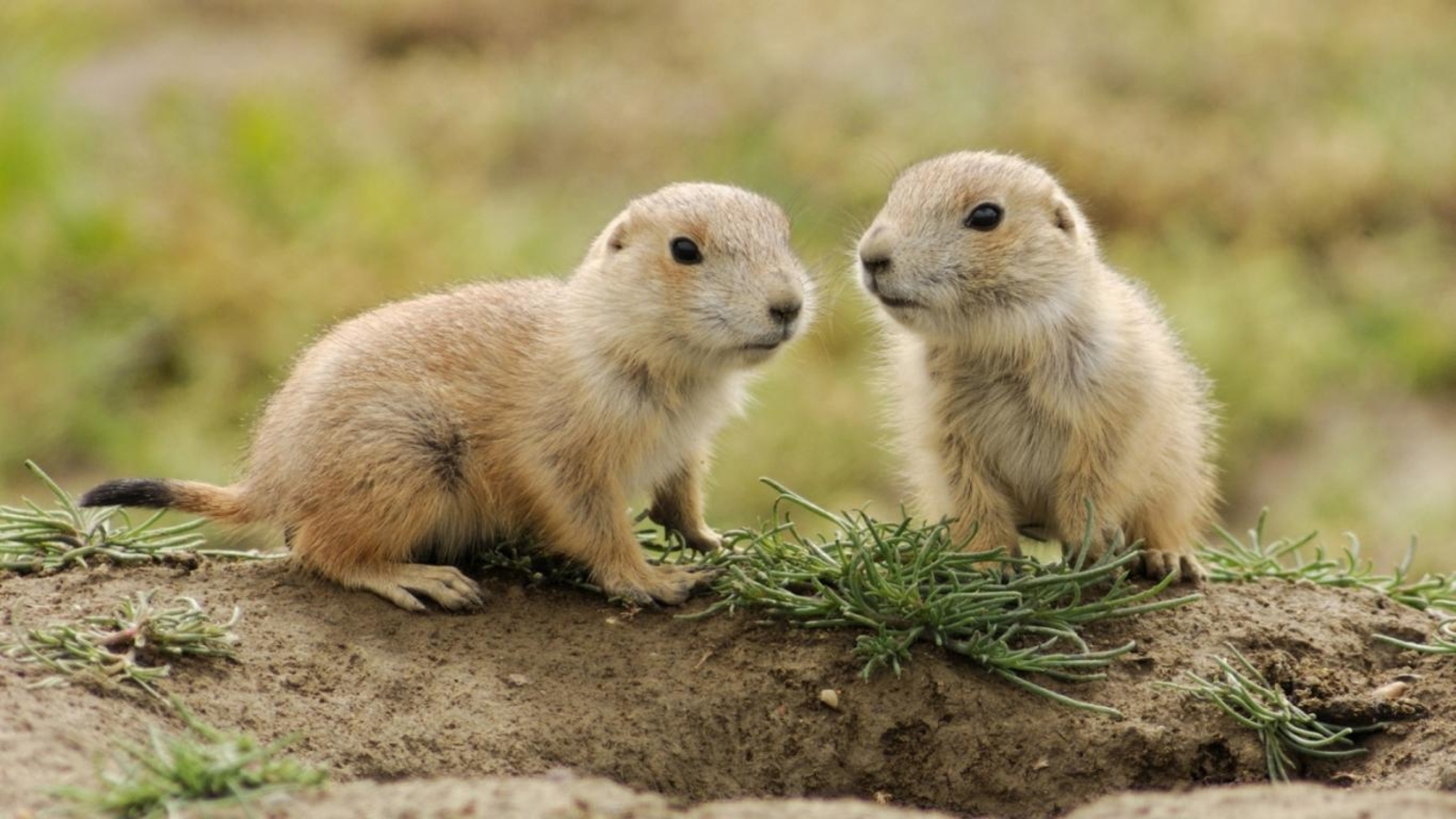59: Black-tailed Prairie Dog
I write to you from Arapahoe, Ute, and Cheyenne land. I am interested in learning about the different animals that live in the place where I was born. Before we start with today’s animal, I want to emphasize that biological classification as understood by western society has its roots in racism, sexism, and transphobia – here’s a good explainer about why.
If you were my dog, you’d be wagging your tail and frantically trying to get into a burrow when you heard that today’s animal is the Black-tailed Prairie Dog (Cynomys ludovicianus). They are in my top five favorite animals too, though knowing that they are a carrier of bubonic plague here in Colorado, I am less likely to start sticking my nose into their houses.
First of all, one of my favorite books of all time is Prairie Dog Empire by Paul A. Johnsgard. I highly, highly recommend this book if you are interested in prairie dogs and any of the other animals that live on the eastern plains of Colorado. The book discusses so many other animals because black-tailed prairie dogs are a keystone species whose vast colonies provide homes and hunting grounds for over a hundred other native species. Their colonies are in turn made up of neighborhoods, also known as coteries, that contain family groups. During the day, prairie dogs within the coterie have roles to play, including one who acts as the sentinel – standing tall upon one of the mounds within the area and keeping an eye out for any predators.
Second, black-tailed prairie dogs have one of the most complex language systems of any animal on earth (that we know of). This video highlights some of incredible research and decoding of their language, which includes nouns, verbs, and adjectives. In this way, the sentinel prairie dog can call out to their family and alert them of exactly what and where the danger is. Coyotes are the most studied predator of prairie dogs, probably because it is so easy to see them hunting, but the Black Footed Ferret who we talked about a few weeks ago is another major predator. Various raptors will also come after prairie dogs, especially the babies. Like many species who have developed languages, they are a very social species, with both males and females raising the young, who are born blind and nearly helpless.
Third, I had lived in Colorado almost my entire life when I moved to Washington, DC for college. Imagine my delight and amusement to discover that the Smithsonian National Zoo has a PRAIRIE DOG EXHIBIT. I spent my teen years riding my bike around an area with a vast prairie dog colony and was very familiar with seeing them out in the relative wilds of suburban southwest Denver. Seeing them in a zoo was a good reminder that I wasn’t in Colorado anymore.
Fourth, in my experience most people who are not from the western United States who do know about prairie dogs know them because of their reputation for carrying bubonic plague. Plague first entered North America via rats on steamships coming to California from East Asia in the early 1900s. Unsurprisingly, some Californians, fearing damage to their economy if word got out that plague was there, first denied that it was present and then blamed it on Chinese immigrants in San Francisco. This strategy of pretending the deadly disease didn’t exist and/or was limited only to immigrant populations didn’t work (!), and plague became endemic to prairie dogs, who had no natural immunity and face 90% mortality. Habitat loss due to cattle ranching (where have we heard that before…) combined with plague led to the population of black-tailed prairie dogs declining dramatically during the late 19th/early 20th centuries, and today their vast colonies are split and fractured, which in turn impacts all those other animals that rely upon them.
